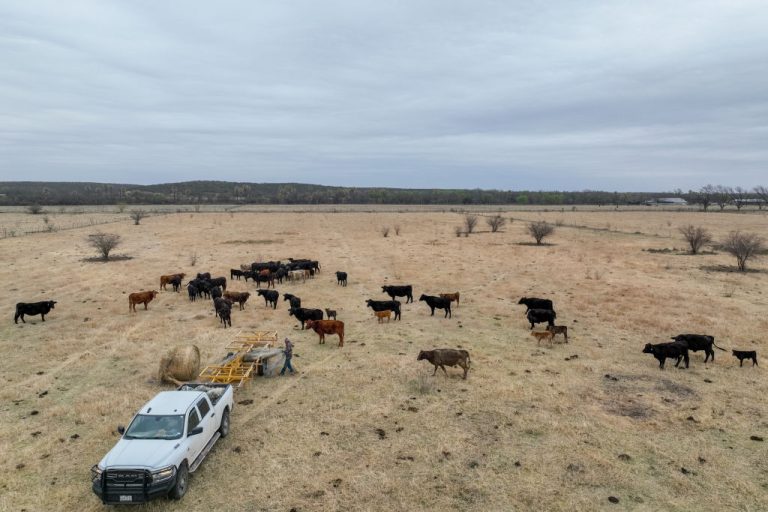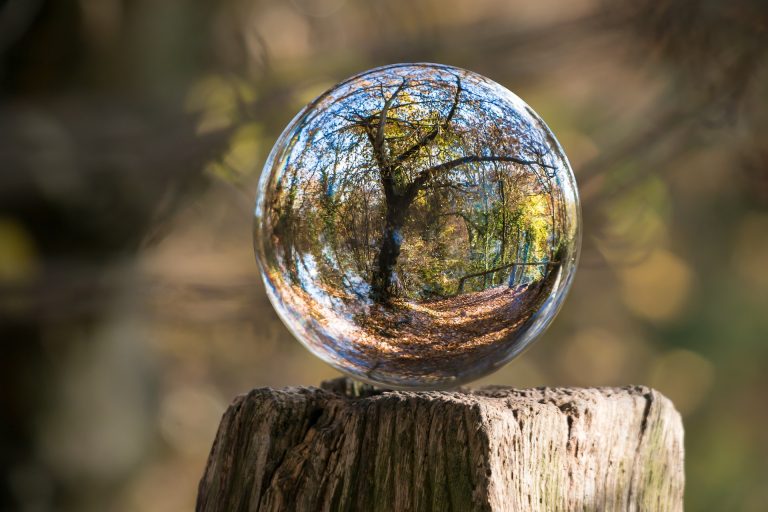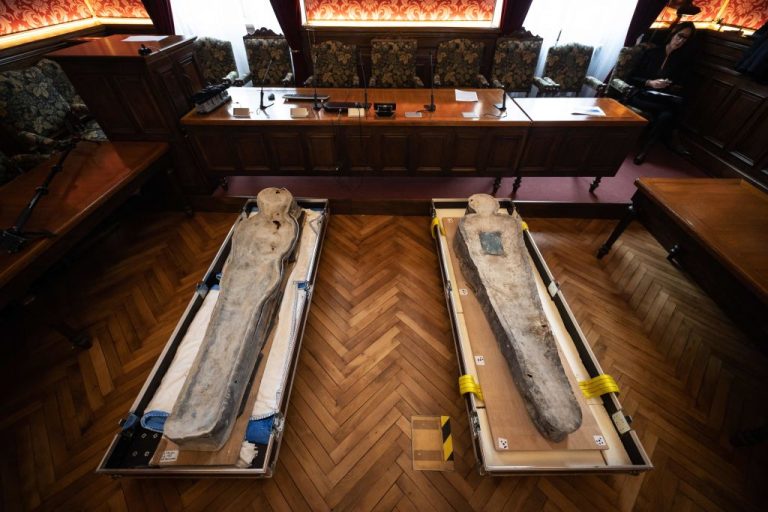Can cliffs lay eggs? That is what the cliff at the base of Mount Gandang in China’s Guizhou province seems to have done for centuries. This egg-laying cliff produces smooth orbs similar to bird eggs; but since they are composed of metamorphic rock, they are a thousand times heavier.
At least a hundred egg-shaped rocks have emerged from the pockmarked cliff. Each one begins as an ovular protrusion on a rocky wall which, in a decades-long spectacle, gradually emerges until it is released and drops to the foot of the mountain.
The egg-laying cliff has become the subject of legends by the locals, while it continues to attract tourists and baffle geologists. Although theories to explain it are not few, the reason for this phenomenon remains a mystery.
Bluish stone eggs from a multi-colored cliff

The cliff face appears riddled from top to bottom with rounded, lumpy rocks that range in size from seven inches to two feet or more in diameter, and can weigh from a few pounds to several tons. They feature a dark blue surface that, when cleaned and polished, can reflect sunlight.
The position and degree of protrusion are different for each rock, and it takes an average of 30 years for a single “egg” to be released. A rock that is mostly exposed could fall off the cliff at any moment, while others, just emerging, may still have 20 to 30 years to go.
Success
You are now signed up for our newsletter
Success
Check your email to complete sign up
The egg-laying cliff is relatively small compared to the size of the mountain, measuring only around 65 by 19 feet. It is composed of sedimentary rock — a type of rock formed from accumulated deposits of mineral and/or organic particles — which tends to be softer than its metamorphic counterpart.
Stone eggs for good fortune
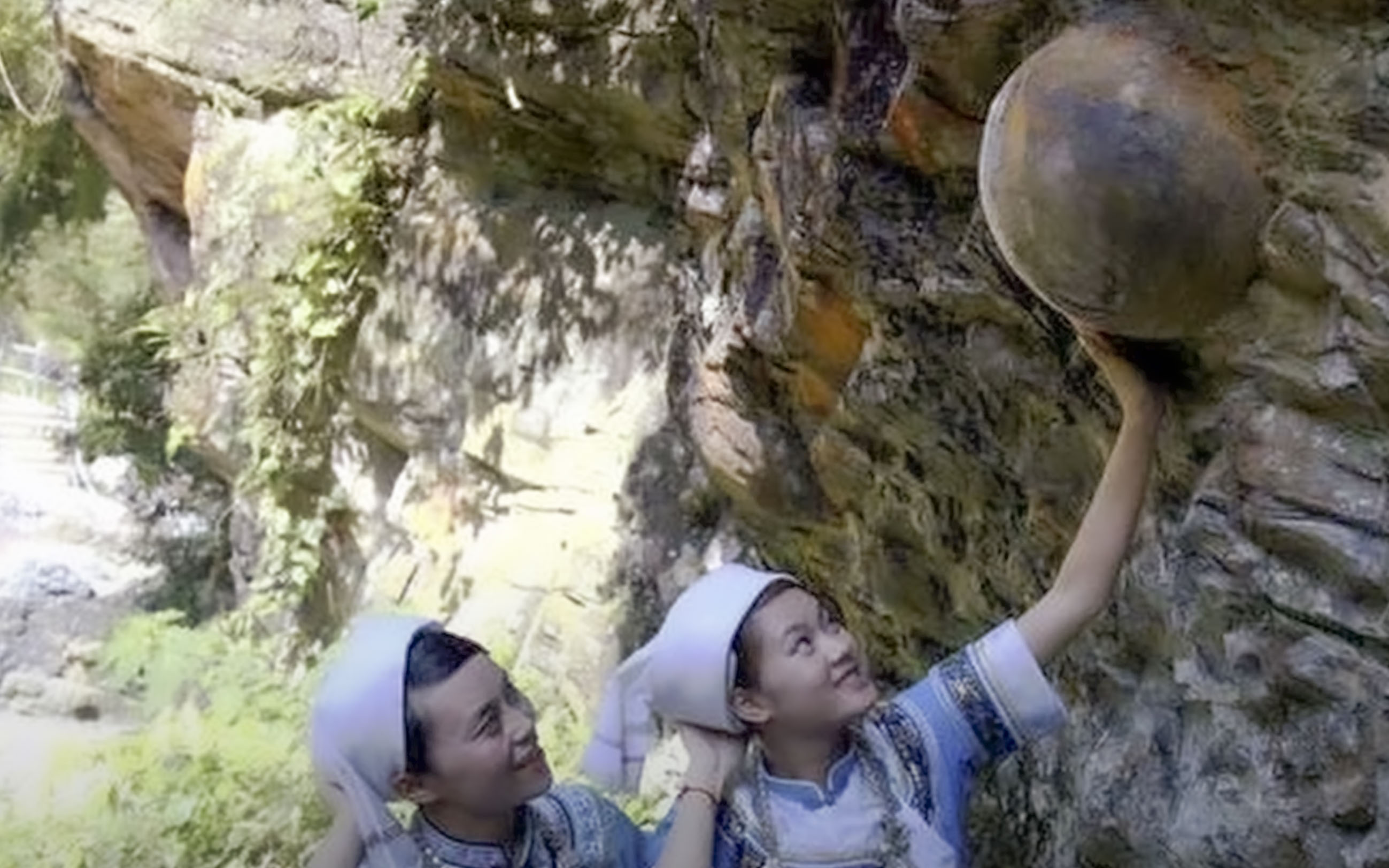
The village of Gulu, near Mount Gandang, is inhabited by the Sui people. This ethnic group has made Guizhou province its home since before the Han dynasty, and has a vibrant culture characterized by traditional rituals, handicrafts, refined agriculture and a strong identity.
It is not uncommon for those who live near the cliff to have heard tales of the magical stone eggs. In fact, they have their own name for the cliff, 產蛋崖 (Chǎn Dàn Yá), meaning “egg-laying cliff” in Mandarin; and have developed a tradition of collecting its boulders.
Villagers believe that keeping one or more of these round stones at home brings good fortune and prosperity. About 70 are said to be preserved, while the others may have been sold or stolen.

How are they formed?
One popular theory states that these egg rocks have existed in the interior of the mountain since the Cambrian Period, some 500 million years ago.
Back then, the mountain may have been formed underwater as a result of tectonic movements, and during the folding of its rock layers, some underwater rocks – smoothed and rounded by the water – became embedded in the mountain.
Surrounded by sediment and subjected to high temperatures and pressure, the rocks were compressed and preserved to this day.
The egg-laying effect is attributed to the difference in rock types. The cliff is made of sedimentary rock, which is more susceptible to erosion than metamorphic rock. Since the eggs are composed of the latter, they remain more-or-less intact, while the cliff wall wears away over time.
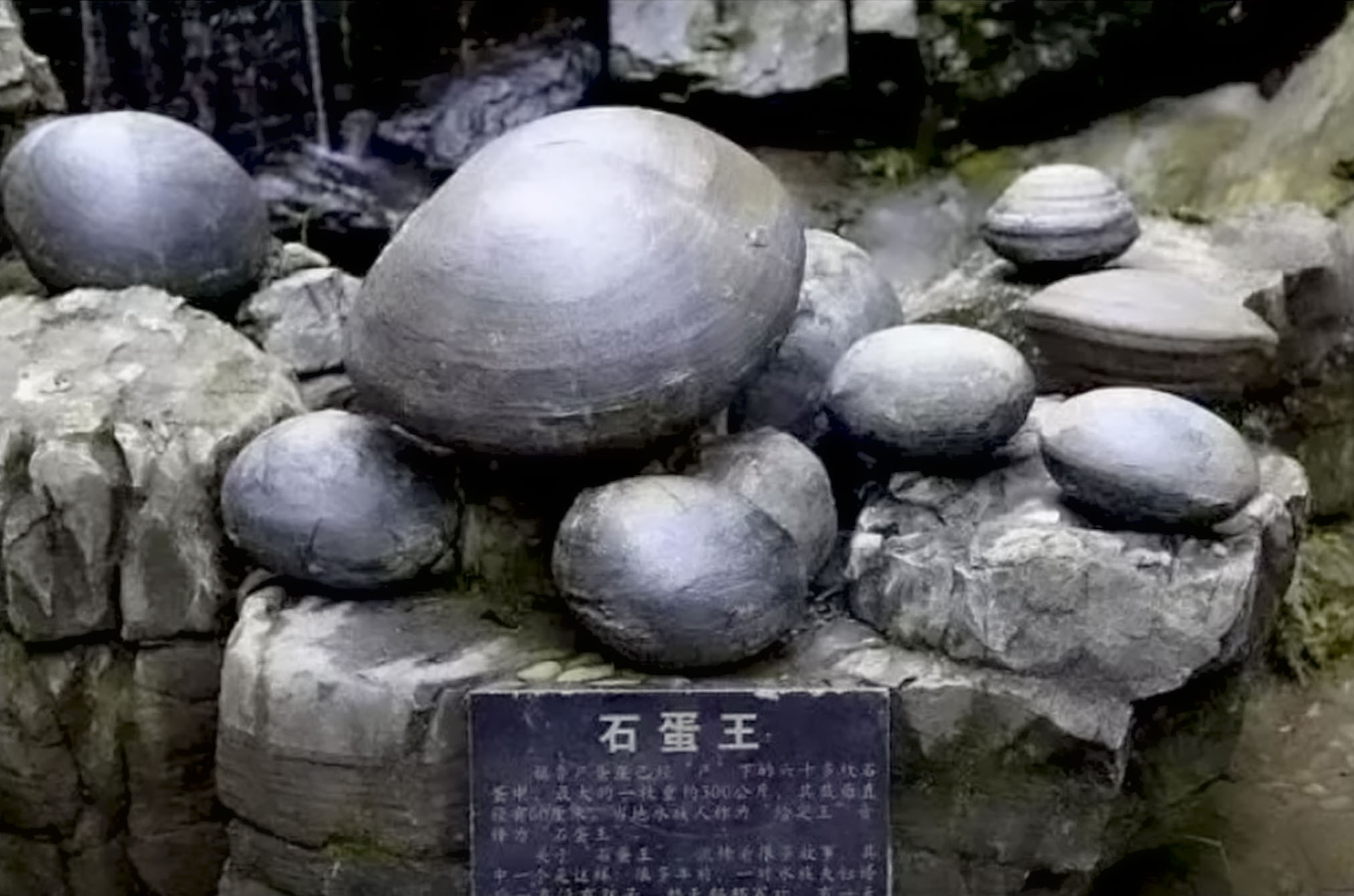
How many more eggs will be laid?
If the above theory is true, the interior of the mountain may contain countless stone eggs that will gradually emerge as the cliff erodes for generations to come.





